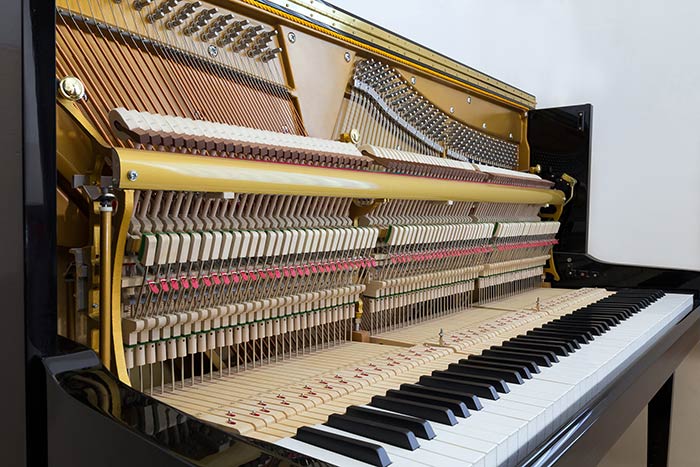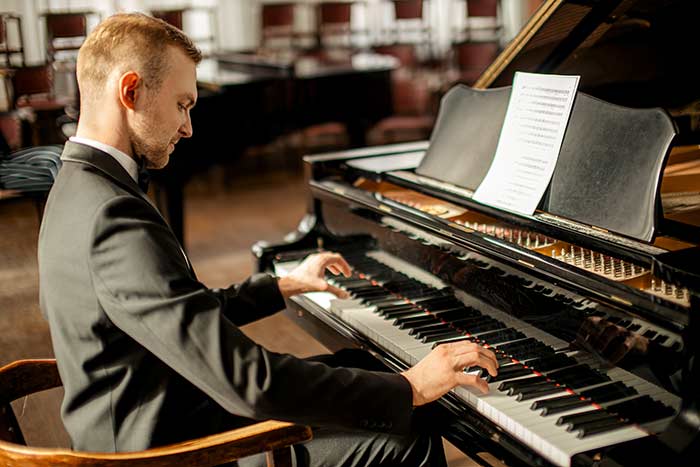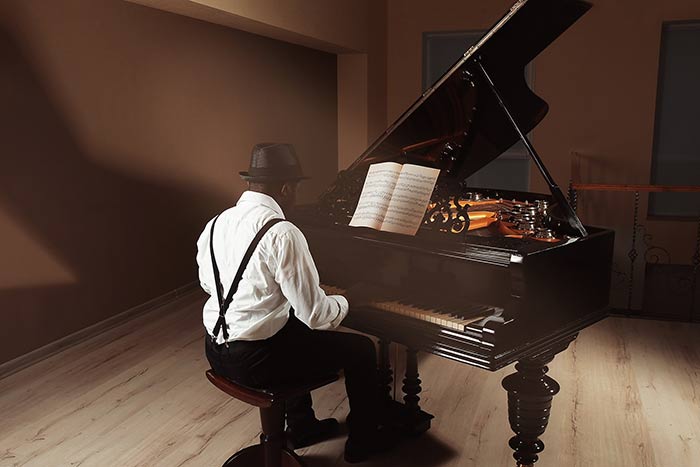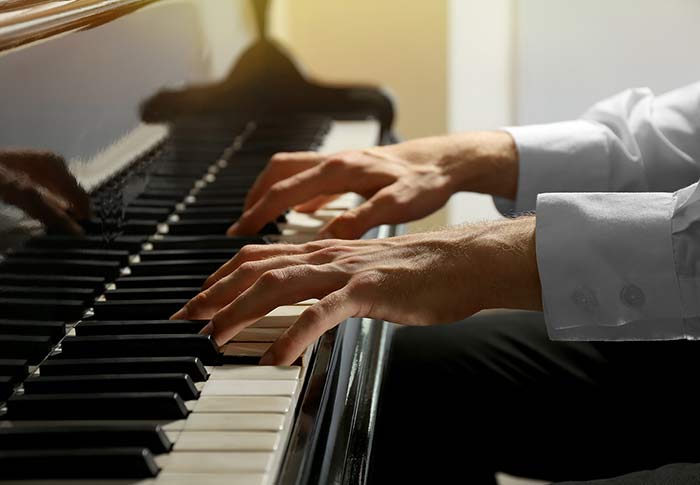Discover the history of the piano – from the inventions made by Bartolomeo Cristofori to the modern concert grand!
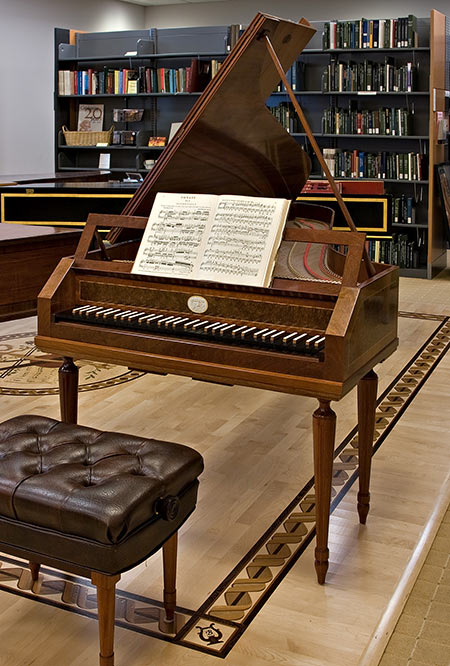
By JaGa – Own work, GFDL, https://commons.wikimedia.org/w/index.php?curid=3885374
The pianoforte, more commonly known as simply just the piano, is one of the world’s most popular instruments. The instrument actually dates back hundreds of years and in that time the world has changed beyond recognition – but how has the piano evolved with it?
Although exact dates are unknown, most history books agree that the first piano came into being around the turn of the 18th century, and the invention is widely accredited to Bartolomeo Cristofori. Cristofori’s pianos were commonly known as fortepianos.
The fortepiano designed by Cristofori is similar to the modern piano, only smaller in size than your typical modern day grand piano and with more ornate work around the legs, compared to the simple and sleek designs seen more often today. Many great classical composers, such as Haydn, Mozart, and Beethoven, all played on fortepianos.
Towards the turn of the 19th century, the instrument underwent a period of evolution. The fortepiano’s of Cristofori’s original design steadily became obsolete, replaced instead by the ‘modern’ piano that we know and love today. The change was in response to composers and pianists crying out for a more powerful sound and the evolution was made possible by the Industrial Revolution, which provided new materials to work with.
It’s testament to Cristofori’s original design that the grand pianos used around the world today are still very similar to his original invention. Acoustic concert pianos still have the same look to them, albeit with updated technology and new ways to improve them developing all the time.
However, as technology has developed so has the range of pianos on offer. These days, learners can purchase digital pianos. Digital pianos are far more practical for everyday use, as they’re far more compact in their design. They take up a lot less space in the average living room, dining room, or hallway than a full size grand piano.
The downside of owning a digital piano is the fact that they cannot actually replicate the exact beauty of owning an acoustic piano.
If faced with a choice, always opt for a real acoustic upright or grand piano.
Yes, it will be slightly pricier, but the joy that your piano will bring you will far surpass the (initial) pain of the purchase!
Noise may be an issue, but thanks to technology you can now enjoy acoustic upright pianos with a volume control. See Yamaha’s Transacoustic range.
So, there you have it! As the world has changed in a rapid way since the 1700s, the design of the piano has remained largely steadfast. Technology is giving us ample new ways to play, and taking up the piano can be a rewarding and fulfilling past time. If you’re interested in piano lessons, contact the London Piano Institute for sought-after tuition with a renowned London-based pianist.



